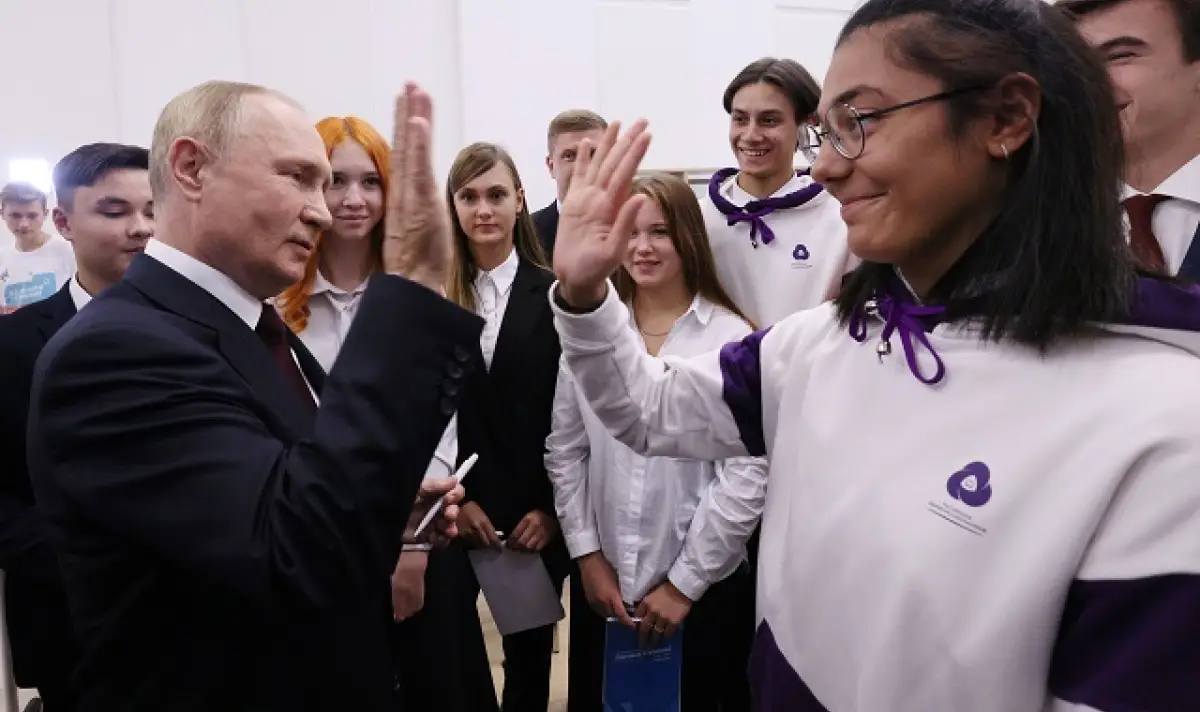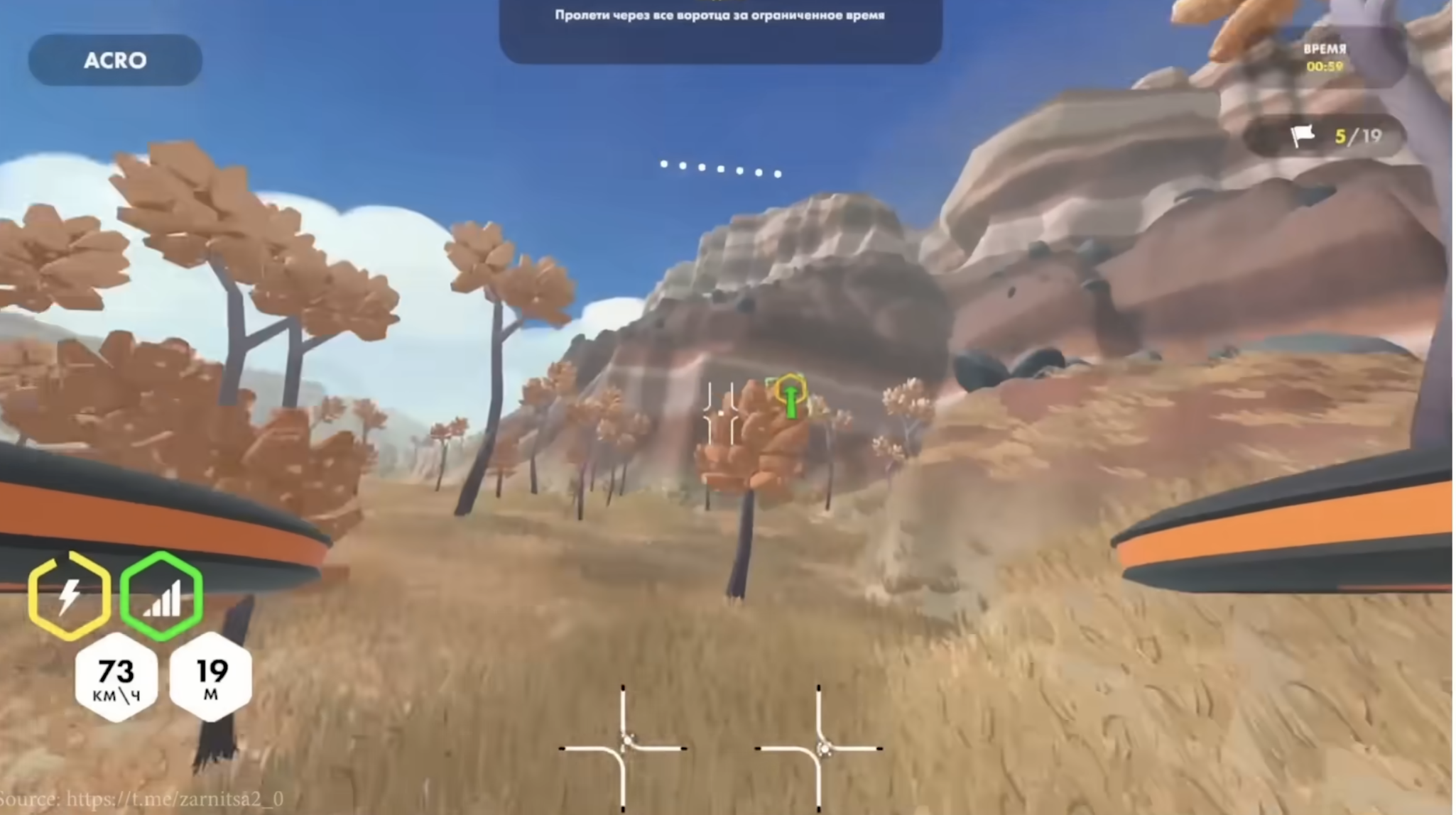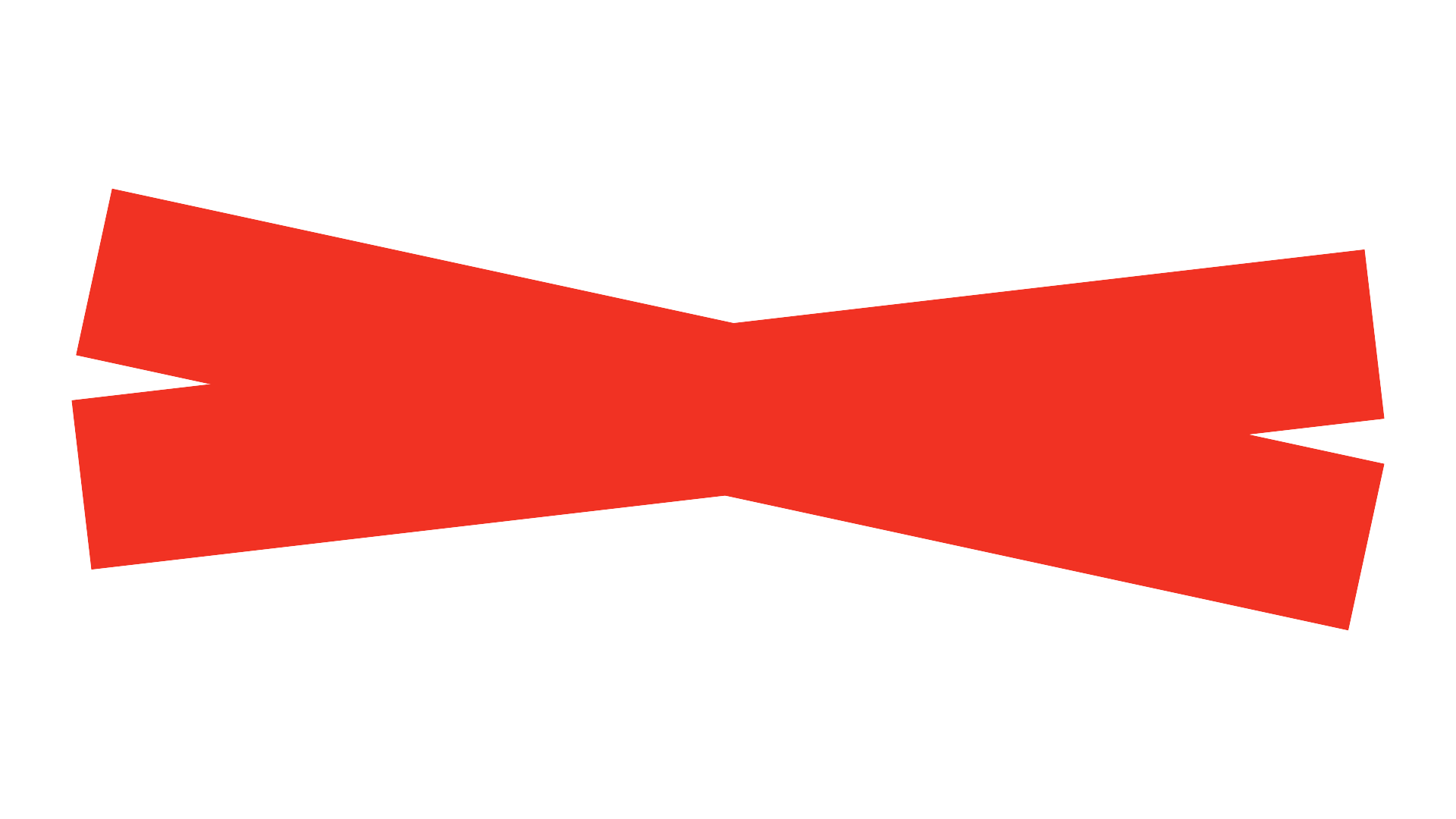The gamer kids piloting Russia's drone army - Redux

The fifth issue of Letter to a Gamer covers the story of the flight-simulator for drones video game that Russia uses to recruit top engineers, programmers, and pilots for its war effort. This story, which was only briefly covered on mainstream media during its original publication, has new and intresting developments, that's why I'm analyzing it today. As I do every week, I reiterate my thanks to my subscribers, whose contributions allow me to continue this project. Those who choose to financially support the newsletter not only get access to the full version (with a review of Hades 2, this week's Steam sales tips, and an in-depth analysis of the EA acquisition) but also support independent journalism that remains ad-free, sponsor-free, and AI-free.

News index
+ The gamer kids piloting Russia's drone army
- Electronic Arts was sold for 55 billions
+ Xbox raises prices again
- Why Hades 2 is les gigabytes than Hades 1
In Russia, a popular video game called Berloga features brave brown bears defending themselves from swarms of bees using drones. The target audience is very young: Tatyana Ashurkevich and Hristo Grozev, the investigative journalists who documented this story, speak of children aged 7 and up. Not only that, the higher the score achieved in the game (which simulates not only piloting but also building drones), the higher the added score for the player's entrance exams for Russia's most prestigious schools.
The best nation-wide "win" the chance to participate in the so-called Big Challenges, piloting, programming, and design competitions for 13- to 17-year-olds. These competitions are attended not only by representatives of the army but also (among others) from Sukhoi (aerospace), Yakovlev (aircraft), and Rosatom (nuclear energy), all companies that are either weapons manufacturers or are under international sanctions because they are directly affiliated with the Russian war machine.
What's the prize? Priority in choosing a university major, cash prizes, and the promise of jobs in the aforementioned industries. All for mastering a video game that looks and feels like a reskin of one of the most popular FPV (First Person View) drone simulators available online, on which amateur, professional, and military pilots already train.
It goes without saying that this type of initiative violates international law, but it's interesting to delve deeper into what the kids are asked to do in these competitions, as it reflects Moscow's direction regarding its autonomous warfare systems. One of the challenges the kids face involves piloting a quadcopter in an empty warehouse to "find a sleeping janitor and wake him by turning on the drone's light."
The 3D-printed module that can be attached to DJI drones, designed to drop grenades on enemy trenches, is activated by the "turn on the light" command from the target drone: a coincidence that caught the attention of the two investigative journalists. It's estimated that more than 800,000 young people under 18 participated in events of this type in 2024, and it's an unwritten rule among organizers and competitors to never mention the program's military purposes. Each challenge and design project is disguised (sometimes very poorly) as a civilian initiative, and participants are encouraged to independently refine their projects to submit them as "theses" at later stages.
These Russian programs use video games (and their educational benefits) as a trawl net to fish for the country's most skilled pilots to be. Then, through competitions and the promise of higher education and careers, they select the best in each discipline: piloting, hardware design, and software programming. The flight phase and first contact with FPVs begins at age 7, competitions begin around 13-14, and after 18, the best are hired straight into the design departments.
Electronic Arts was sold for 55 billion dollars – The purchase was completed by Saudi Arabia's Public Investmen Fund (PIF), in collaboration with Trump's nephew (Jared Kushner) and a private equity firm (Silver Lake). The purchase is quite unique: it involves delisting the company from the stock market and returning it to the private company status where investors decide its future and monetization strategies. A detailed analysis of this news is available in the full version of the newsletter.
Xbox raises prices again – Game Pass is reaching its final form: all tiers are now cost quite a bit more, further eroding the positive sentiment Xbox had managed to build over the past few years. The Ultimate tier has seen the biggest price increase (around 50%), but now includes a Fortnite Crew subscription and the Ubisoft+ Classics catalog. All tiers, however, now have access to Cloud Gaming. Here are the new prices:
Game Pass Essential - €8.99
Game Pass Premium - €12.99
Game Pass Ultimate - €26.99
PC Game Pass - €14.99
Why Hades 2 is les gigabytes than Hades 1 – Those who pay attention to the size of their games, because their hard drives are almost always full, may have noticed that Hades 2 weighs less in terms of gigabytes than the first game. This is because the sequel is a fully 3D game with an isometric perspective, while the original was a 2D title with eight silhouettes for each of Zagreus' weapons, which is quite a bit of a burden in terms of data. The move to 3D is also the reason why it's possible to change Melinoe's clothes (which are a texture on a single model), while Zagreus' was fixed.
Steam's Fall Sale is a blast – As is tradition, at the beginning of October, Valve's platform offers steep discounts on hundreds of titles, both old and new. Hurry and browse offers like the Master Chief Collection for less than €10. Too many choices? A selection of unmissable titles for just a few euros is available in the recommendations section of the full newsletter.
This is just a taste of everything Letter to a Gamer has to offer. The full version of the newsletter (with tips, discounts, reviews, and insights) costs just one euro a week: click here to subscribe! It's only thanks to those who help me pay the bills that this project can continue to exist. Letter to a Gamer is also live on Twitch Monday through Thursday from 3 to 5 PM CEST to play this week's game in review, try the demos, and chat. I'll see you there! If you love Letter to a Gamer and want to help out, you can share this link with your friends and gaming buddies and follow the newsletter's social media channels (Instagram, Bluesky, TikTok).
See you at the next letter,
Riccardo "Tropic" Lichene
